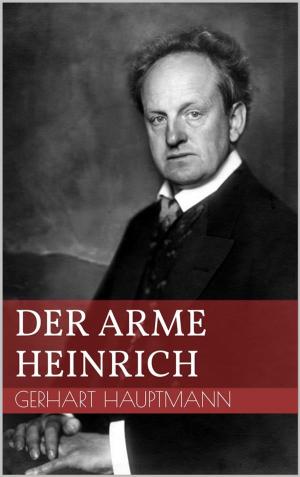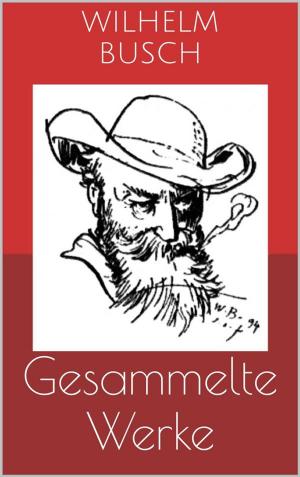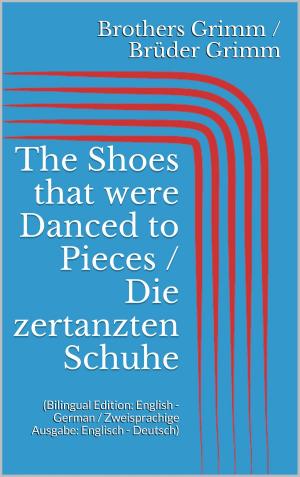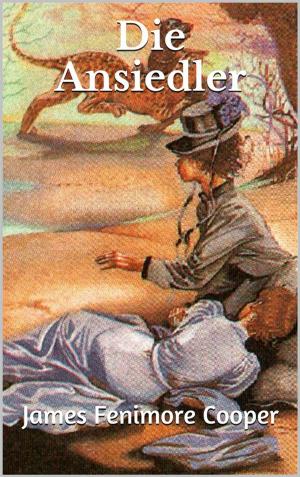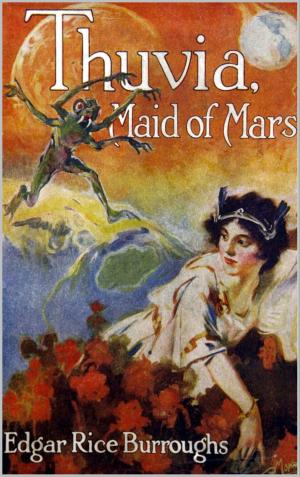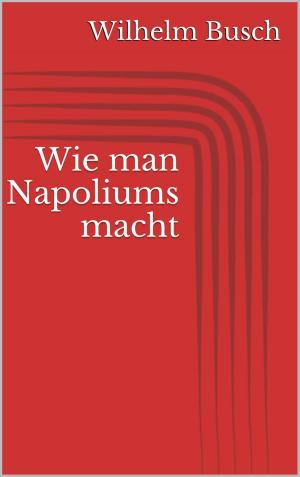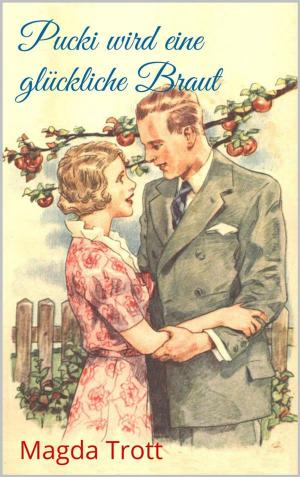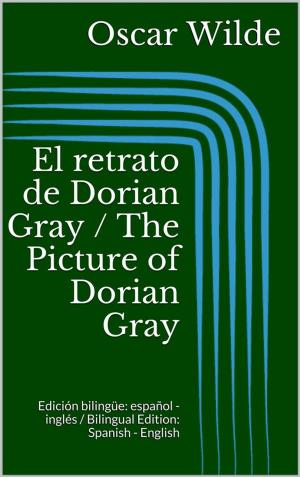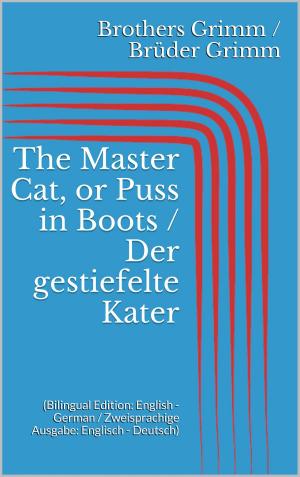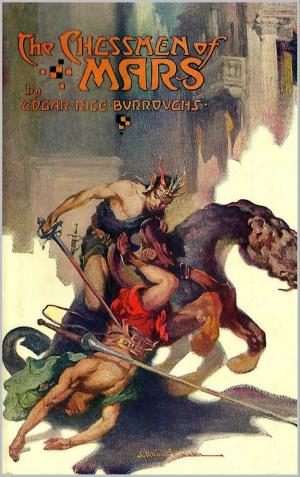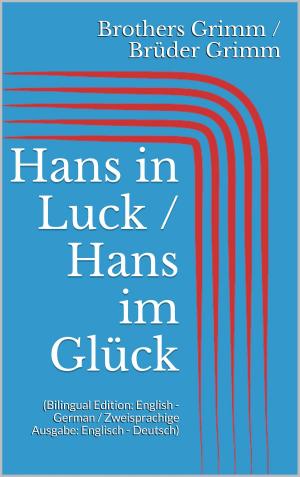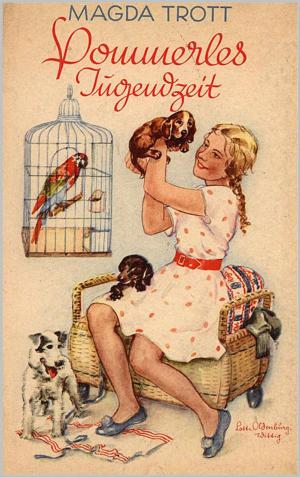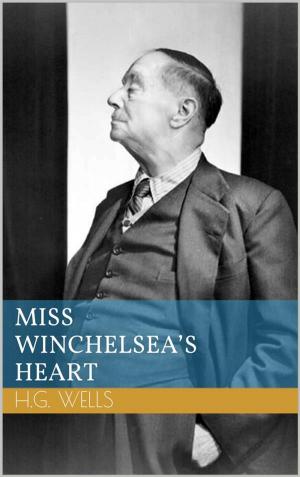Little Snow-White / Sneewittchen
(Bilingual Edition: English - German / Zweisprachige Ausgabe: Englisch - Deutsch)
Fiction & Literature, Classics| Author: | Jacob Grimm, Wilhelm Grimm | ISBN: | 1230000291825 |
| Publisher: | Paperless | Publication: | September 23, 2014 |
| Imprint: | Language: | English |
| Author: | Jacob Grimm, Wilhelm Grimm |
| ISBN: | 1230000291825 |
| Publisher: | Paperless |
| Publication: | September 23, 2014 |
| Imprint: | |
| Language: | English |
This edition contains the English translation and the original text in German.
"Snow White" is a German fairy tale known across much of Europe and is today one of the most famous fairy tales worldwide. The Brothers Grimm published it in 1812 in the first edition of their collection "Grimms' Fairy Tales". It was titled in German: "Sneewittchen" (in modern orthography "Schneewittchen") and numbered as Tale 53. The Grimms completed their final revision of the story in 1854. The fairy tale features such elements as the magic mirror, the poisoned apple, the glass coffin, and the characters of the evil queen and the seven dwarfs, who were first given individual names in the Broadway play "Snow White and the Seven Dwarfs" (1912) and then given different names in Walt Disney's 1937 film "Snow White and the Seven Dwarfs". The Grimm story, which is commonly referred to as "Snow White", should not be confused with the story of "Snow White and Rose Red" (in German "Schneeweißchen und Rosenrot"), another fairy tale collected by the Brothers Grimm. In the Aarne–Thompson folklore classification, tales of this kind are grouped together as type 709, Snow White. Others of this kind include "Bella Venezia", "Myrsina", "Nourie Hadig" and "Gold-Tree and Silver-Tree".
"Schneewittchen" ist ein Märchen (ATU 709). Es steht in den "Kinder- und Hausmärchen" der Brüder Grimm an Stelle 53. In der Erstausgabe von 1812 hieß es "Sneewittchen" ("Schneeweißchen") (ndt.: Snee „Schnee“, witt „weiß“).
This edition contains the English translation and the original text in German.
"Snow White" is a German fairy tale known across much of Europe and is today one of the most famous fairy tales worldwide. The Brothers Grimm published it in 1812 in the first edition of their collection "Grimms' Fairy Tales". It was titled in German: "Sneewittchen" (in modern orthography "Schneewittchen") and numbered as Tale 53. The Grimms completed their final revision of the story in 1854. The fairy tale features such elements as the magic mirror, the poisoned apple, the glass coffin, and the characters of the evil queen and the seven dwarfs, who were first given individual names in the Broadway play "Snow White and the Seven Dwarfs" (1912) and then given different names in Walt Disney's 1937 film "Snow White and the Seven Dwarfs". The Grimm story, which is commonly referred to as "Snow White", should not be confused with the story of "Snow White and Rose Red" (in German "Schneeweißchen und Rosenrot"), another fairy tale collected by the Brothers Grimm. In the Aarne–Thompson folklore classification, tales of this kind are grouped together as type 709, Snow White. Others of this kind include "Bella Venezia", "Myrsina", "Nourie Hadig" and "Gold-Tree and Silver-Tree".
"Schneewittchen" ist ein Märchen (ATU 709). Es steht in den "Kinder- und Hausmärchen" der Brüder Grimm an Stelle 53. In der Erstausgabe von 1812 hieß es "Sneewittchen" ("Schneeweißchen") (ndt.: Snee „Schnee“, witt „weiß“).

